In the realm of interior and exterior design, PU (polyurethane) paint has gained immense popularity due to its durability, versatility, and stunning finish. Also known as polyurethane enamel, PU paint offers numerous benefits, including resistance to abrasion, chemicals, and UV rays. It provides a smooth, glossy surface that enhances the appearance of various materials, from wood and metal to concrete and plastic.
In this article, we will explore the types, applications, and pros and cons of PU paints to help you determine if it's suitable for your next design project. Whether you’re looking to update your furniture, revamp your kitchen cabinets, or add a fresh coat to your walls, PU paint can transform the look of any space.
Types of PU Paints
PU paints can be categorized into water-based or solvent-based, each available in several finishes to suit your style preferences:

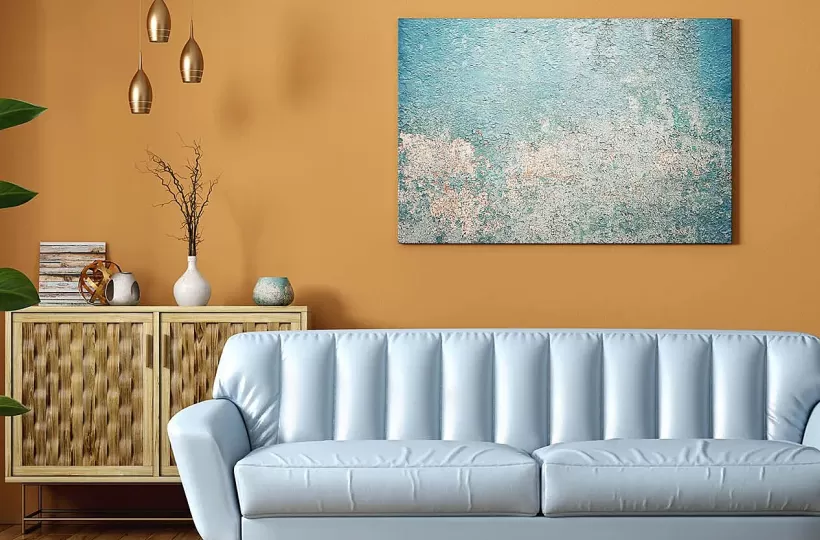
Gloss Finish
- High Gloss: Offers a highly reflective, mirror-like surface for a sleek and modern look. It's easy to clean and highly resistant to moisture, stains, and scratches, making it ideal for kitchens, bathrooms, doors, cabinets, and trim.
- Medium Gloss: Provides a moderate shine, balancing between high gloss and satin finishes. It’s less prone to showing fingerprints and smudges, perfect for applications requiring a glossy appearance without extreme reflectivity.
Satin Finish
- Satin: Characterized by a soft sheen and smooth, silky look. It conceals imperfections well and is easy to maintain, making it suitable for walls, ceilings, furniture, and trim in areas like living rooms and bedrooms.
Matte Finish
- Matte: Offers a completely opaque, non-reflective surface, excellent for hiding imperfections and reducing glare in bright rooms. It’s ideal for walls and ceilings in spaces where a muted appearance is preferred, such as bedrooms and offices.
Semi-Gloss Finish
- Semi-Gloss: Provides a moderate level of shine, more reflective than satin but less than high gloss. It’s durable and convenient for high-traffic areas, balancing durability and aesthetics, making it suitable for kitchens, bathrooms, doors, and furniture.
Also Read: What exactly are plastic paints?
Textured Finish
- Textured: Adds depth and visual interest to surfaces, concealing imperfections and providing a unique tactile experience. It’s used for ornamental purposes on accent walls, ceilings, and decorative elements to achieve rustic, industrial, or artistic effects.
Metallic Finish
- Metallic: Contains metallic particles for a shimmering, reflective effect. It changes appearance based on lighting and viewing angle, offering a plush, luxurious look. Popular in contemporary and industrial design, it’s used for accent pieces, furniture, feature walls, and decor items.
Pearlescent Finish
- Pearlescent: Similar to metallic finishes but with an iridescent sheen that shifts color depending on light and angle. It adds a subtle, elegant shimmer, creating a dynamic, multi-dimensional effect, suitable for automotive finishes, feature walls, and high-end decorative items.
Applications of PU Paints
PU paints extend beyond ornamental purposes to various industrial applications:
Automotive Industry
PU paints provide a durable, high-gloss finish that resists scratches and UV rays, making them widely used for car and motorcycle bodies. They are essential in vehicle restoration and commonly applied in auto body shops.
Industrial and Commercial Equipment
PU paints protect industrial machinery, tools, and equipment from wear, corrosion, and chemical exposure, significantly extending their lifespan. The durable, easy-to-clean finish withstands heavy-duty usage.
Furniture and Woodwork
PU paints are commonly used on wood, providing a durable, attractive finish that protects furniture from moisture, stains, and scratches. They enhance the appearance of cabinets and offer a hard-wearing surface for wooden floors.
Construction and Architecture
PU paints’ various finishes make them aesthetically suitable for interior walls and ceilings. For exterior surfaces, they protect against weathering, UV damage, and moisture without compromising style, enhancing the appearance and longevity of doors and windows.
Also Read: Home Maintenance Tips For Monsoon
Marine and Aerospace Industries
PU paints withstand saltwater and UV rays, making them suitable for marine environments. They are used to coat boats, yachts, and dock equipment, providing corrosion resistance and durability. In aerospace, they resist extreme temperature fluctuations, coating both interior and exterior aircraft components.
Flooring
PU paints offer a hard-wearing, easy-to-clean surface ideal for residential and commercial flooring, resisting scratches and stains. In industrial settings, they provide a tough, chemical-resistant coating that withstands heavy traffic and harsh conditions.
Electronics and Electrical Appliances
PU paints provide a durable, attractive finish for electronic devices like phones and laptops, protecting against moisture, dust, and corrosion while maintaining a professional appearance.
Arts and Crafts
PU paints are versatile and easy to apply, enhancing the visual appeal of art pieces like sculptures and models. They are also suitable for DIY home improvement projects.
Civil Infrastructure
PU paints protect civil infrastructure like pipes and tanks from corrosion, chemical exposure, and environmental damage. They provide long-lasting protection against weathering, moisture, and wear when applied to bridges and similar structures.
Household Items
PU paints offer a tough, glossy finish ideal for appliances like refrigerators and washing machines. Their attractiveness and durability also make them suitable for household decor items like vases, picture frames, and furniture pieces.
Also Read: Best Orange Two Colour Combination For Bedroom Walls
Pros and Cons
Let’s examine the pros and cons of using PU paints to help you make an informed choice:
Pros:
- Durability: Highly resistant to abrasion, chemicals, and UV rays.
- Versatility: Suitable for a wide range of materials and applications.
- Aesthetic Appeal: Available in various finishes to suit different styles.
- Protective Qualities: Provides long-lasting protection against environmental factors.
Cons:
- Application: Requires proper surface preparation and skilled application.
- Cost: Can be more expensive than other types of paint.
- VOC Emissions: Some types may emit volatile organic compounds (VOCs), impacting indoor air quality.
Overall, PU paints are a robust and versatile option for many design and industrial applications, offering both protective qualities and aesthetic appeal.
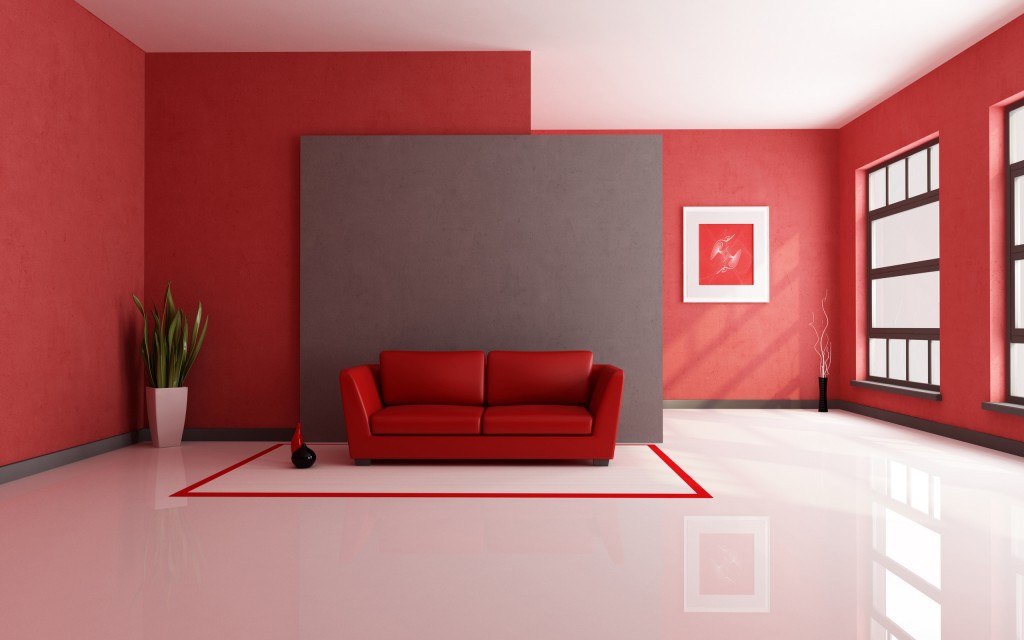
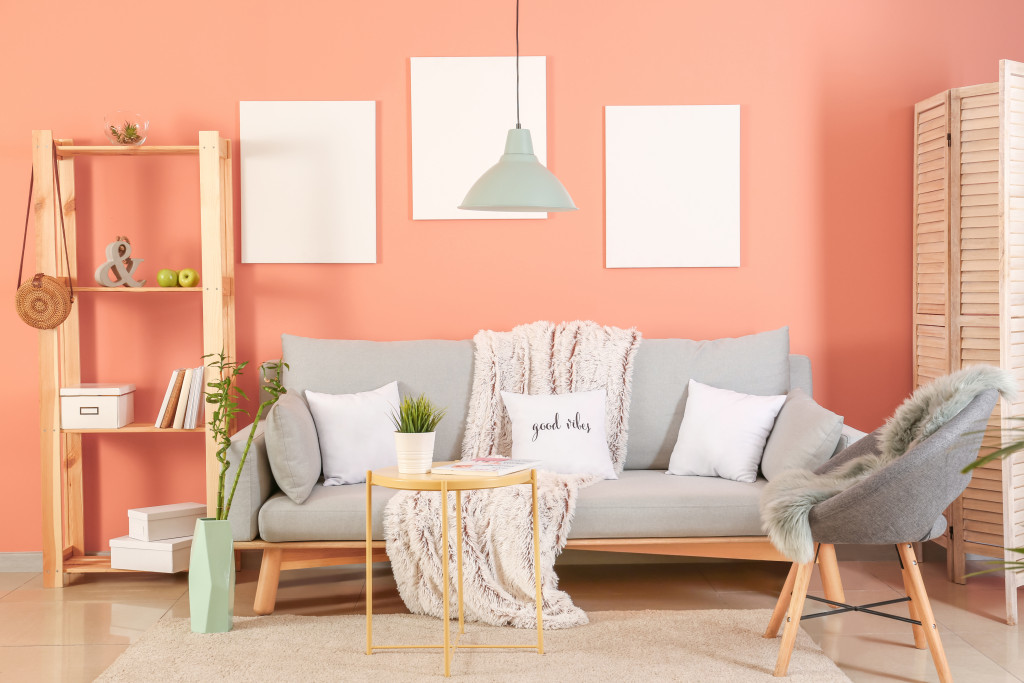
| Pros |
Cons |
| Durability: The hard and tough coating resists wear and tear and are ideal for use on high-traffic surfaces. |
Cost: More expensive than other types, might not be suitable for large, budget-conscious projects. |
| Chemical resistance: Resistance to chemicals, solvents and abrasions makes them suitable for industrial applications. |
Application complexity: Application requires specialised equipment and technical expertise to achieve desired results. |
| Moisture resistance: Can be used in humid or wet environments like bathrooms and kitchens, or for marine applications. |
Health and safety concerns: VOCs emitted during application and curing can pose health risks if not used in well-ventilated areas with proper protective equipment. |
| UV resistance: Does not fade or yellow easily when exposed to sunlight; suitable for outdoor applications. |
Drying and curing time: Some variants might take longer to dry and fully cure, potentially affecting project timelines. |
| Aesthetic versatility: Available in a wide range of finishes, allowing for endless possibilities of aesthetic effects and customisation. |
Surface preparation: Proper adhesion and finish quality requires thorough surface preparation, failing which the paint might peel off easily. |
| Adhesion: A versatile coating solution that adheres well to various surfaces, like wood, metal, plastic and concrete. |
Limited breathability: The non-porous, sealed surface can be detrimental for surfaces like wood and lead to issues like trapped moisture over time. |
| Easy-to-clean: Smooth and non-porous surface is easy to maintain; suitable for bathrooms, kitchens and commercial spaces. |
Repair and recoating: Difficult to repair in spite of durability; hard surfaces might require sanding before application of additional layers. |
| Flexibility: Can expand and contract with the substrate, reducing the risk of cracking and peeling. |
Sensitivity to humidity and temperature: Exposure to extreme conditions during the curing process might affect the final finish and durability. |
Also Read: Stunning Shower Tile Design Ideas for 2024

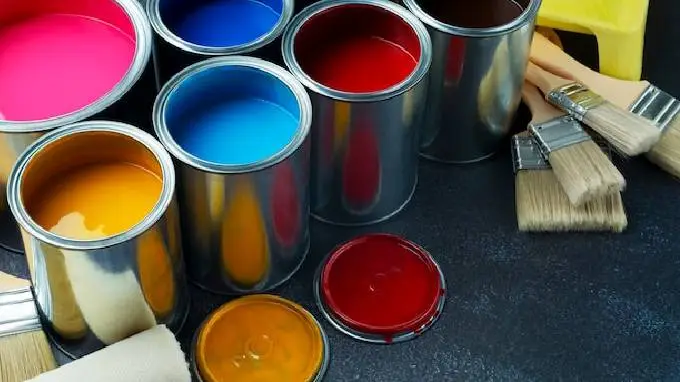





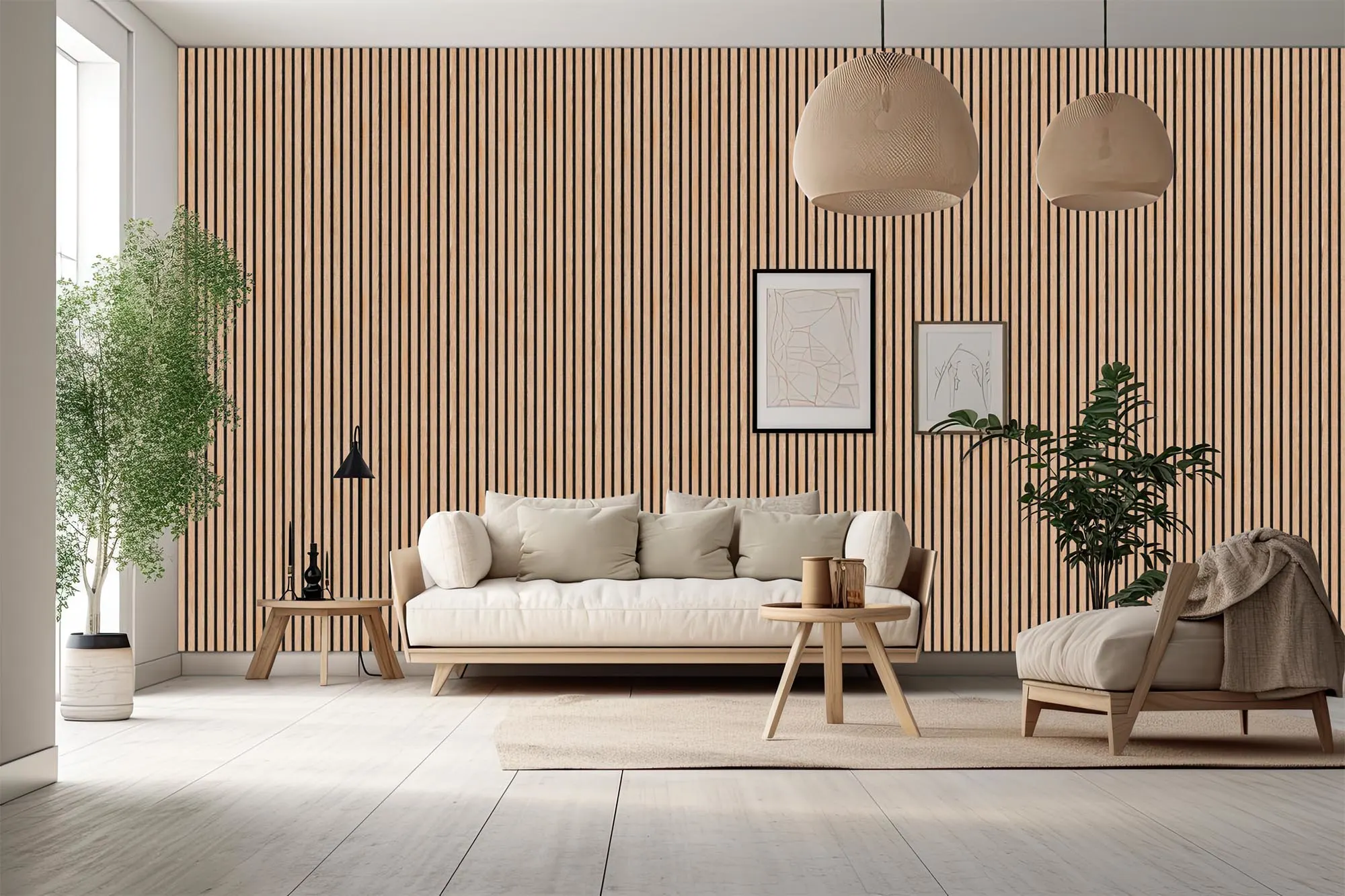


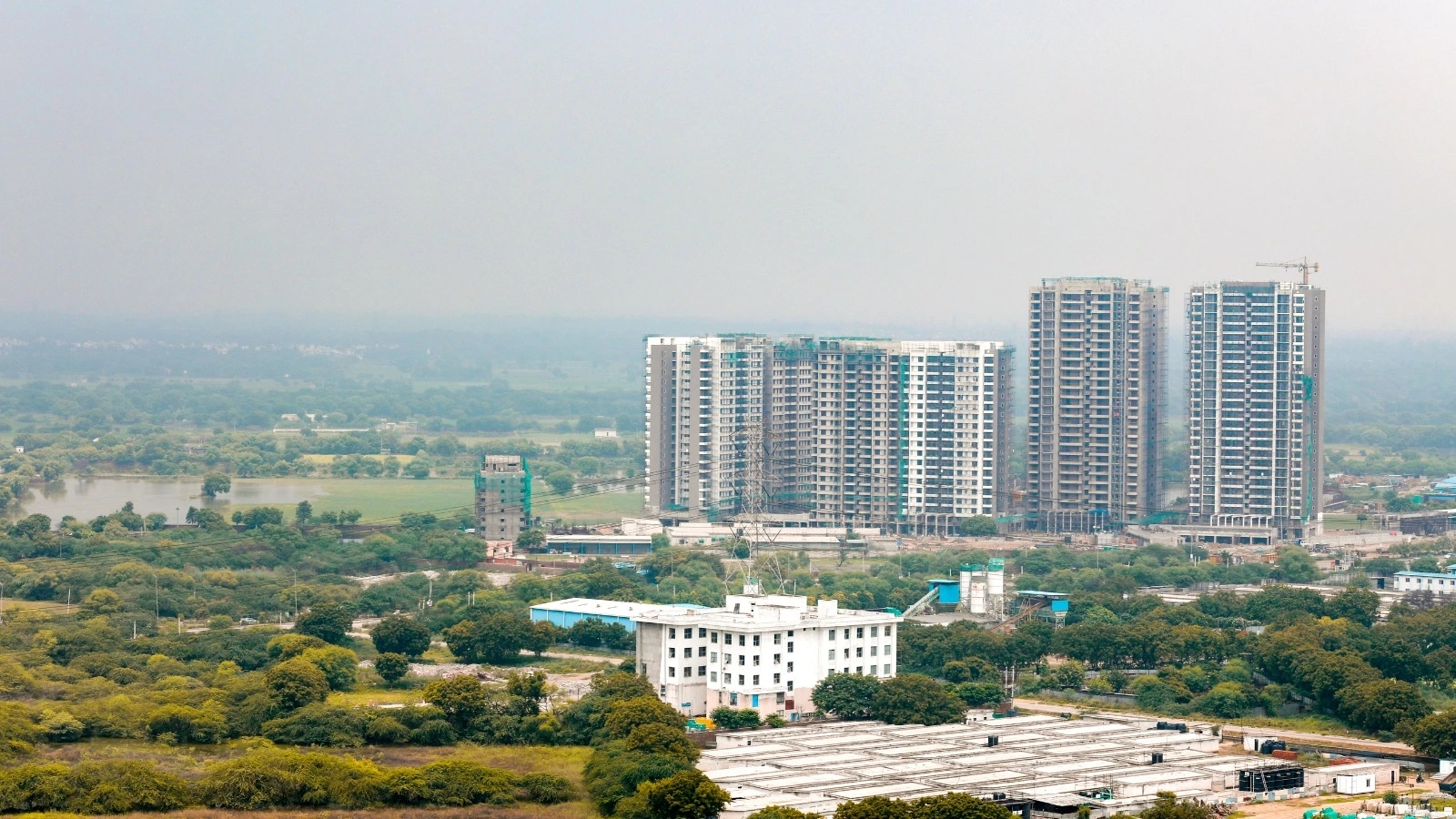
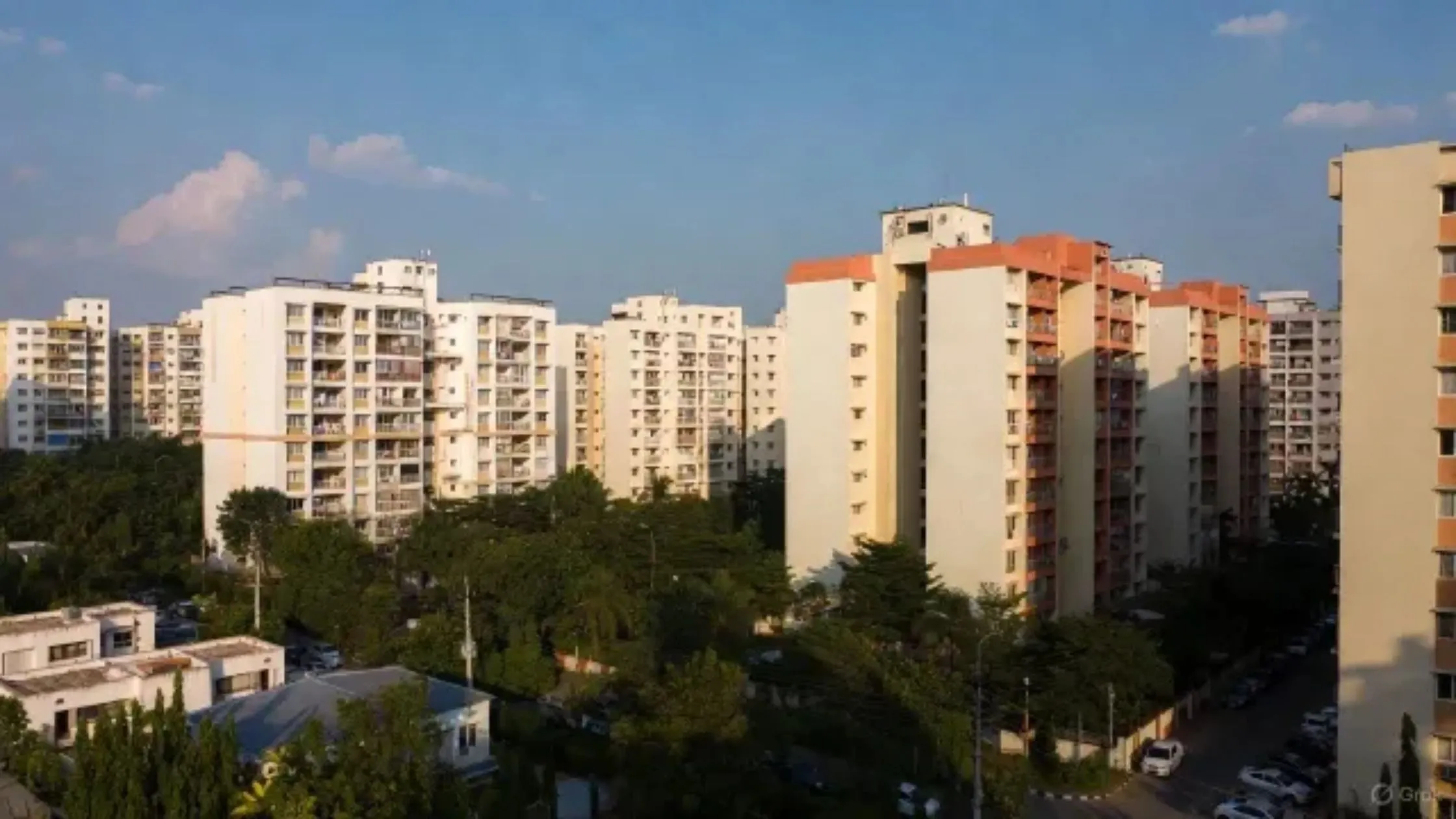



Ans 1. Polyurethane paint Polyurethane paint, also referred to as PU paint or PU coating, is a durable, highly-resistant coating used in industrial and architectural coating systems. It is popular in the marine industry and is used for numerous applications including coatings, rigid and flexible foams, and varnishes.
Ans 2. The specialized manufacturing processes and high-quality raw materials required for its production also contribute to its higher cost. In addition, PU Polish often requires several coats and careful painting techniques to achieve the desired result.
Ans 3. PU paint is also highly resistant to scratches and wear and tear, making it a better choice for high-traffic areas. However, Duco paint may be preferred for decorative purposes due to its glossy finish.
Ans 4. PU coatings can form a strong and impenetrable barrier on the surface as thick as 10 bars to prevent water pressure. Because of its excellent waterproofing properties, it can serve as a strong material for extreme water pressure spaces with pipes and hydraulic systems, or heavy rainfall.
Ans 5. If you aren't stripping the polyurethane, priming the surface and using an enamel paint is likely to going to give you the best results. If you don't want to totally strip the polyurethane off, at least sand the surface with a sanding sponge or block to remove the sheen from the surface layer of the material.